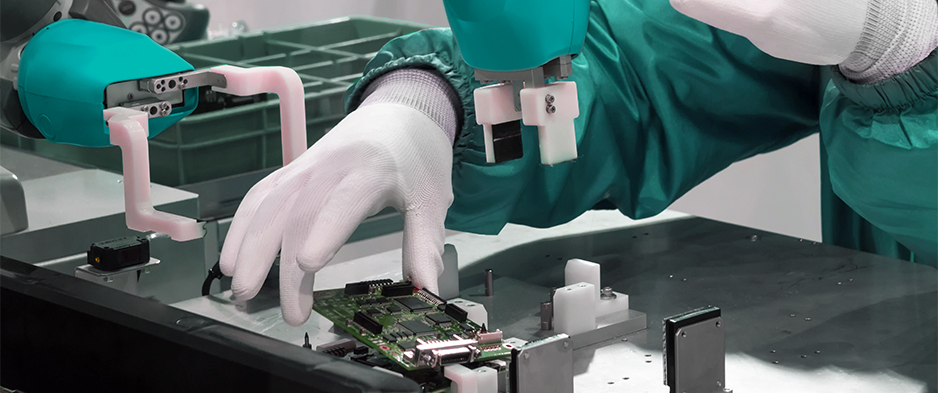After the halt in 2020, mainly due to the COVID-19 pandemic, the collaborative robotics market will start a steady growth in 2021. A trend that is expected to continue until 2026.
Collaborative robotics market growth 2021/2026
The slowdown in the global economy over the past year hit the collaborative robot market, but it didn’t sink it. Despite the decline in demand and investment, there are signs of an upturn which, between 2026 and 2028, will lead to a stronger growth than before.
In a few years, collaborative robotics has gone from a concept to an extremely attractive industrial reality for companies and investors. Solutions such as computer vision, high-precision sensors or safety control software have fostered cooperation between humans and robots, proving their effectiveness in achieving more flexible and efficient production. This is also true in the field of services. That is, the application of collaborative robots, or cobots, in sectors such as logistics, medical assistance, education, catering, and other services, with the help of technologies such as machine learning and artificial vision.
The potential of collaborative robotics will be the key factor in the 2021 market growth, as well as in the following years. In financial terms, in 2019 global cobot revenues amounted to $ 669.9 million, according to a report by Interact Analysis. After the setback of 2020, growth is expected in 2021 that will remain more or less constant in subsequent years, reaching $ 1.94 billion in annual revenues in 2028.
Collaborative robotics: operational fields and future scenarios
Which operational fields and applications will drive the growth of the collaborative robotics market in 2021 and in the future? According to the Interact Analysis’ forecasts “Flexibility and ease of use are the main competitive advantages of collaborative robots in industrial applications. Although most of the new products released in the last 18 months are in the payload range of 0-9kg, many companies have produced cobots with larger payloads.” However, “In industrial applications and non-manufacturing fields, safety, speed, accuracy and cost issues mean that smaller payload models are more competitive.”
From the analysis of the collaborative robotics market, it emerges that end users in China, APAC and Europe are attracted by low initial costs and ease of both installation and use. Small and medium-sized businesses use cobots to increase automation efficiency, especially in labor-intensive sectors such as electronics.
Finally, Interact Analysis projects great growth in the use of collaborative robots in the chemical, pharmaceutical and food & beverage sectors, as well as in new industries.

